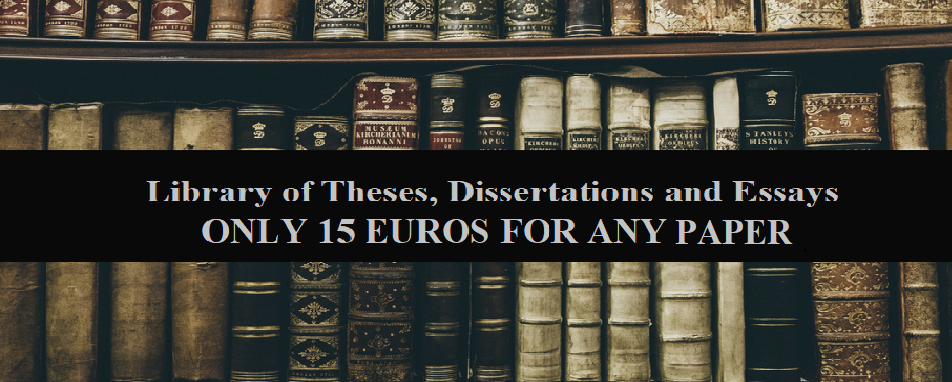1.1. Growing interest in regional cooperation 3
1.2. Proposals of the Commission on Regional Administration 3
1.3. Regional pilot projects 3
1.4. Regional Development Councils 4
1.5. Commission on Division of Responsibilities 4
1.6. The Swedish Planning System 4
1.6.1. The local level 4
1.6.2. The regional level 5
1.6.3. The national level 5
1.6.4. The legal system 5
1.6.5. Current changes and debates concerning Swedish planning 6
2. Regional Policy in Finland 9
The Finnish planning system 10
2.1.1. Recent changes in the Finnish planning system 10
2.1.2. Spatial planning responsibilities at the State level 10
2.1.3. Regional State administration 11
2.1.4. Planning at the national level 11
2.1.5. Planning at the regional level 11
2.1.6. Planning at the municipal level 13
2.2 Finland: Structural Funds 2000-2006 13
2.3. Finland: Structural Funds 2007-2013 16
3. Elements of comparison and common projects 18
3.1. General aspects 18
3.2. The consequences of the crisis of 1990’s to the nordic welfare state: Finland and Sweden 20
4. Common programmes 28
4.1. Finland, Sweden, Norway- Operational Programme 'North' 28
Programme under the European Territorial Cooperation Objective, co-funded by the European Regional Development Fund (ERDF) 28
Finland, Sweden, Norway 31
4.2. Operational Programme 'Botnia - Atlantica' 31
5. Conclusions and future perspectives 33
5.1. Reinforcing Regional Succes Factors 33
5.2. The Future of Regional Development 35
Bibliography 37

